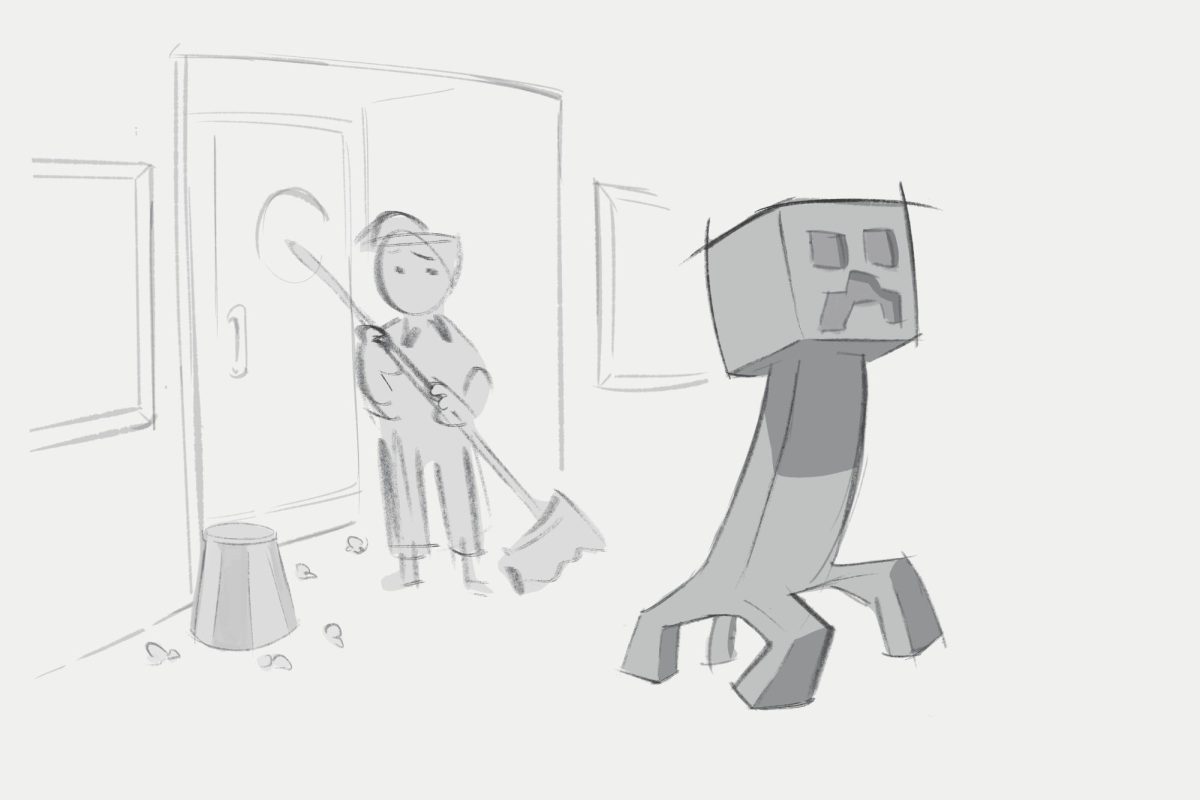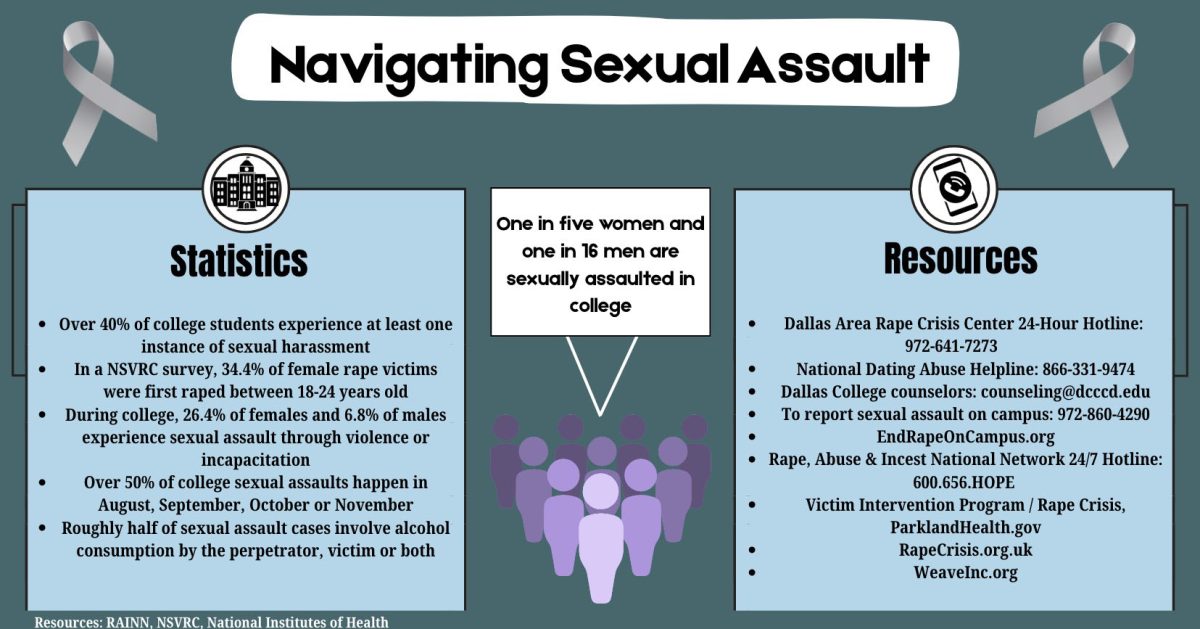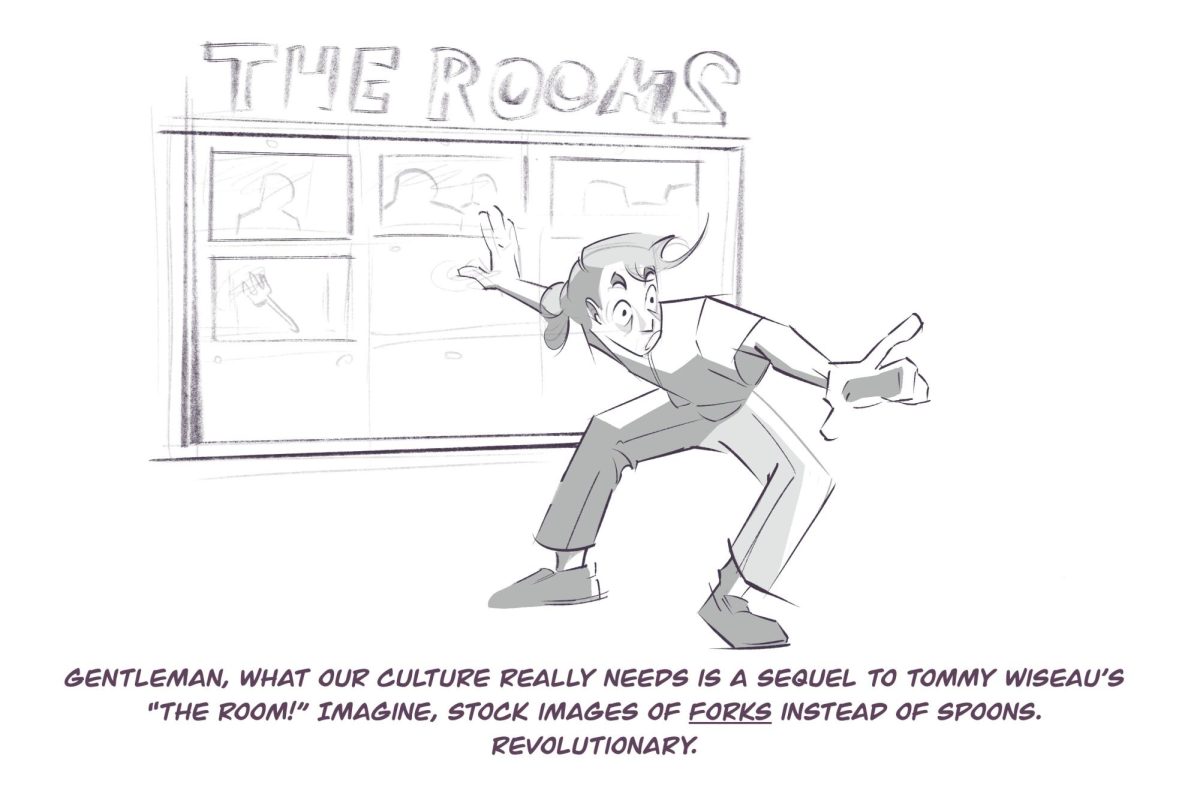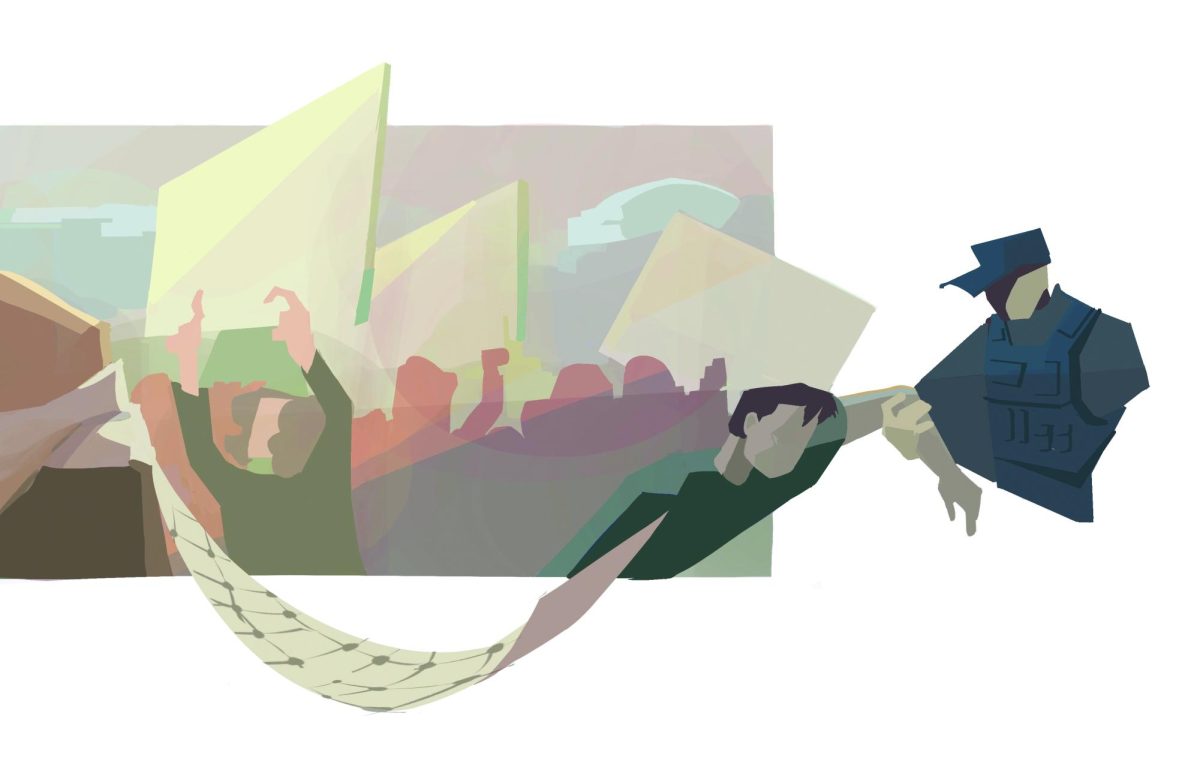By Mira Scott
Staff Writer
Though natural hair may not be considered a trend, many millennials think it is. Natural hair has always been a part of the fashion scene. However, in the past, fewer women of color embraced their natural hair, and instead used hot combs, straighteners, perms and sprays to straighten it.
Since 2013 – the year I decided to go natural – people have told me how much they love my hair and how much they wish they had it. But they don’t realize going natural and accepting my curls is so much more than just being cute.
It’s an identity, a badge of honor, a long fulfilling process, but most importantly, it is a crown I get to wear every day.
I am biracial and I used to be ashamed of my hair simply because I mostly grew up with the Mexican side of my family, and all the women had straight hair. I wanted to fit in, so I would get cornrows to help my hair grow. As soon as my tips reached the nape of my neck, I’d take them down and get a perm.
A perm is a hairstyle that sets hair either curly or straight. The hair is treated with chemicals and the style lasts about a month. Due to my natural curls, this styling process gave me straight hair.
I reached a point where I constantly questioned if it was worth getting up an hour before school just to straighten it. I grew fed up with the process and decided to make the switch, but first I had to do some research.
I found natural hair is not always curly.
Natural hair includes different types of hair, such as wavy, curly and kinky hair. According to curls.biz, natural hair is categorized as 2, 3 or 4, and A, B or C. Numbers represent the type of hair, while letters represent the hair pattern. The lower on the layering list, the wavier someone’s hair becomes.
Type 3 is curly hair and is differentiated as curly 3A, curly 3B and curly 3C. This type normally has a curl pattern in an S shape when it’s pulled. It is also climate dependent and damage prone.
Then there is type 4, which is considered kinky hair. This hair type leans more toward the Afro shape as it ranges from 4A to 4C. Each strand has a zigzag pattern and is delicate by nature.
Once I figured out my curl pattern, 3C, I did a porosity water test. This test is quick, simple, and can be done at home. The test could change a curly-haired person’s life.
For the test, I placed one strand of my hair in a glass of water.
If the strand floats at the top, that means a person has low porosity hair, according to naturallycurly.com.
If the strand stays in the middle, the hair is considered normal.
My hair sank to the bottom, which meant that I have high porosity hair, according to naturallycurly.com.
High porosity hair typically feels like sandpaper within an hour of applying products because moisture quickly escapes, according to essence.com.
Low porosity hair refers to the minimal absorption of moisture. This makes hair products feel like they just sit on top of a person’s scalp instead of absorbing into it.
After figuring my porosity level, I was able to buy hair products aimed toward my hair type. That’s when everything finally made sense.
I realized why there are so many natural hair products, such as milks, puddings, smoothies, masques, oils, defining creams, leave-in conditioners, shampoos, co-washes and hair cleansers. Products should be used to match someone’s porosity level, according to naturallycurly.com.
For my daily hair routine, I use a high porosity co-wash to wash my hair. Then I add leave-in conditioner, a curl-defining cream, some oils and a gel to seal all the products into my hair to retain moisture.
Women like me have struggled to be accepted in society simply because our hair is different. I had to go through a challenging, self-taught process because I wasn’t as informed growing up. I finally accepted the fact that my hair is naturally curly, and had to build enough self-confidence to wear my curls in public.
Now, I don’t get made fun of anymore, but instead get many compliments and praises for my curly hair.






